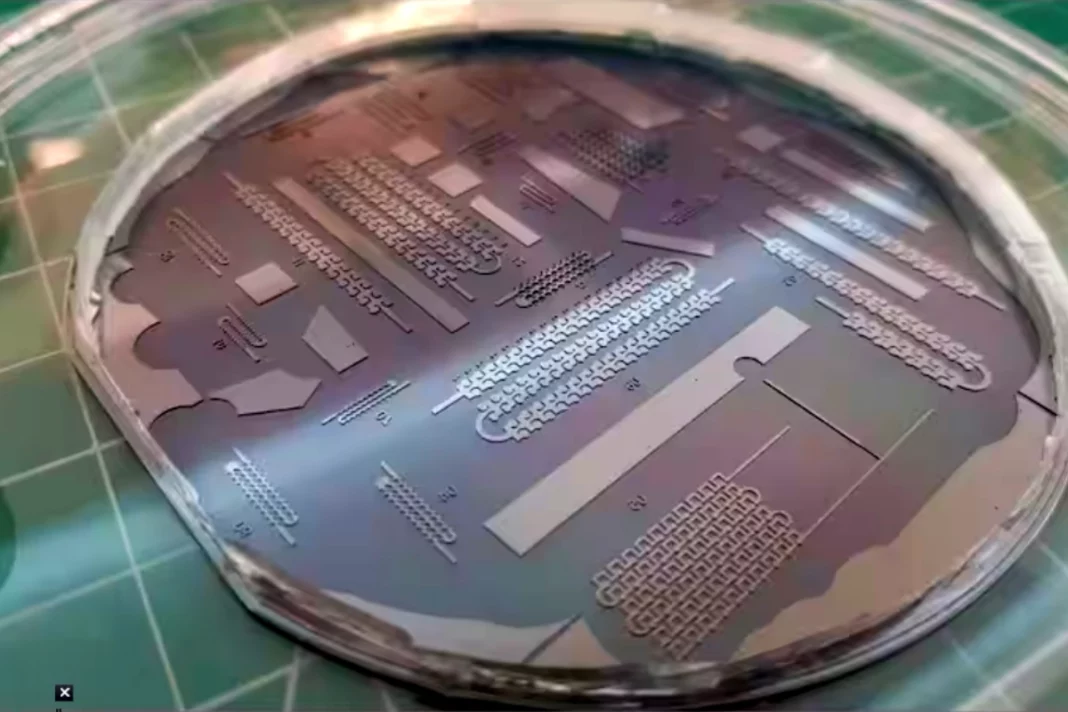Cancer Treatment: Without the use of invasive biopsy procedures, a team of researchers from the University of Technology has created a new device that can identify and study cancer cells from blood samples. The Static Droplet Microfluidic device, which uses a distinct metabolic signature of cancer, can distinguish between tumour cells and healthy blood cells. Recent publication of the work relating to the gadget in the journal Biosensors and Bioelectronics.
Cancer statistics in India
The National Institutes of Health (NIH) of the United States estimates that 14,61,427 new instances of cancer would occur in India in the year 2022, with one in nine Indians having a lifetime risk of developing the disease. Nowadays, biopsies, imaging exams, and laboratory testing are used to diagnose cancer. When cancer is suspected, surgery is frequently necessary for a conclusive diagnosis.
Current methods of cancer diagnosis
Blood chemistry tests, complete blood counts, cytogenetic analyses, immunophenotyping, liquid biopsies, tumour marker tests, urinalysis, and urine cytology are a few examples of the various types of laboratory tests. Computed tomography (CT) scans, magnetic resonance imaging (MRI), nuclear scans, bone scans, ultrasounds, and X-rays are all imaging procedures used to diagnose cancer. But during a biopsy, a sample of abnormal tissue is removed, examined under a microscope, and then tested. Most biopsies are invasive, uncomfortable for the patient, and expensive procedures. They also increase the risk of surgical complications.
Imaging tests for cancer diagnosis
Rapidly detecting circulating tumour cells that have separated from primary tumours and entered the bloodstream is possible with the new technology. Following the discovery of the tumour cells, genetic and molecular analysis is carried out in order to diagnose and categorise the cancer and create individualised treatment regimens. The 38,400 chambers in the Static Droplet Microfluidic device can isolate and categorise the number of metabolically active tumour cells.
Biopsy as a method of cancer diagnosis
The new detection technology enables doctors to perform repeated tests and track a patient’s response to treatment because it is significantly less invasive than taking tissue biopsies. Although a method already exists, liquid biopsies are not always accurate in detecting cancer. Their use in clinical settings is constrained by their time commitment, high cost, and reliance on skilled operators.
Future plans to commercialize the new device.
The new technology doesn’t require expensive machinery or skilled operators to be integrated into research and clinical labs. The Static Droplet Microfluidic device, which the researchers intend to commercialise, will allow physicians to accurately and affordably diagnose and monitor cancer patients.
Keep watching our YouTube Channel ‘DNP INDIA’. Also, please subscribe and follow us on FACEBOOK, INSTAGRAM, and TWITTER.


